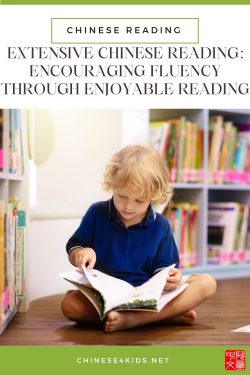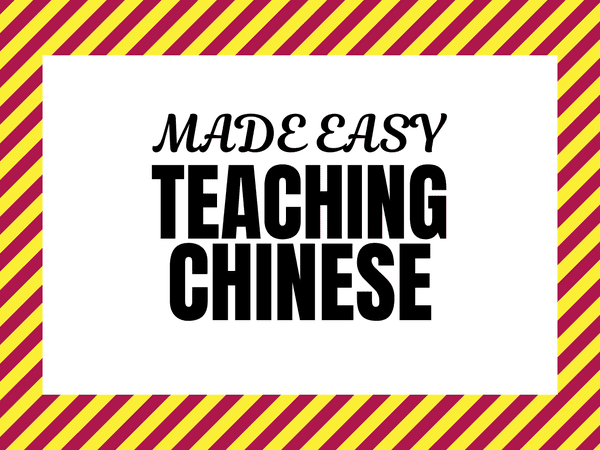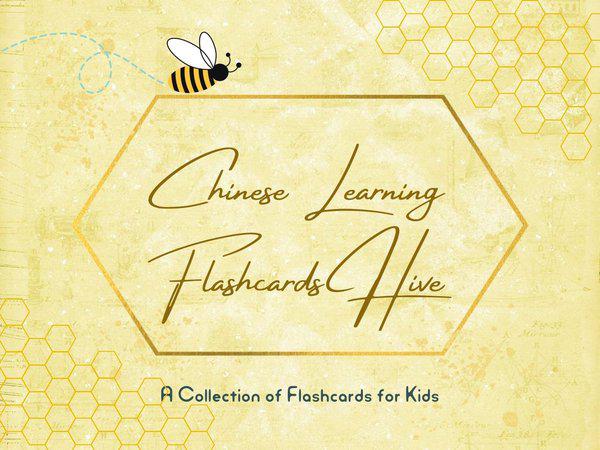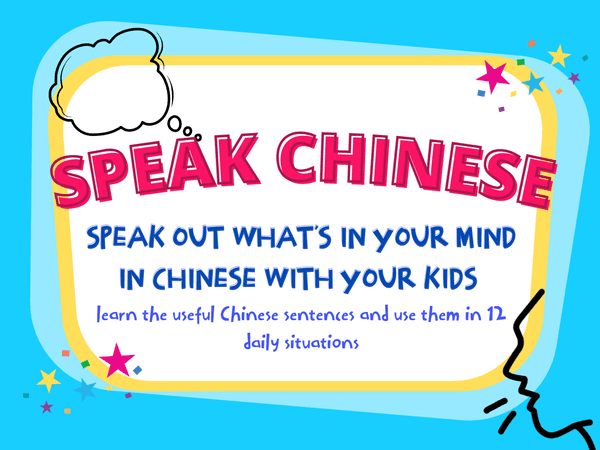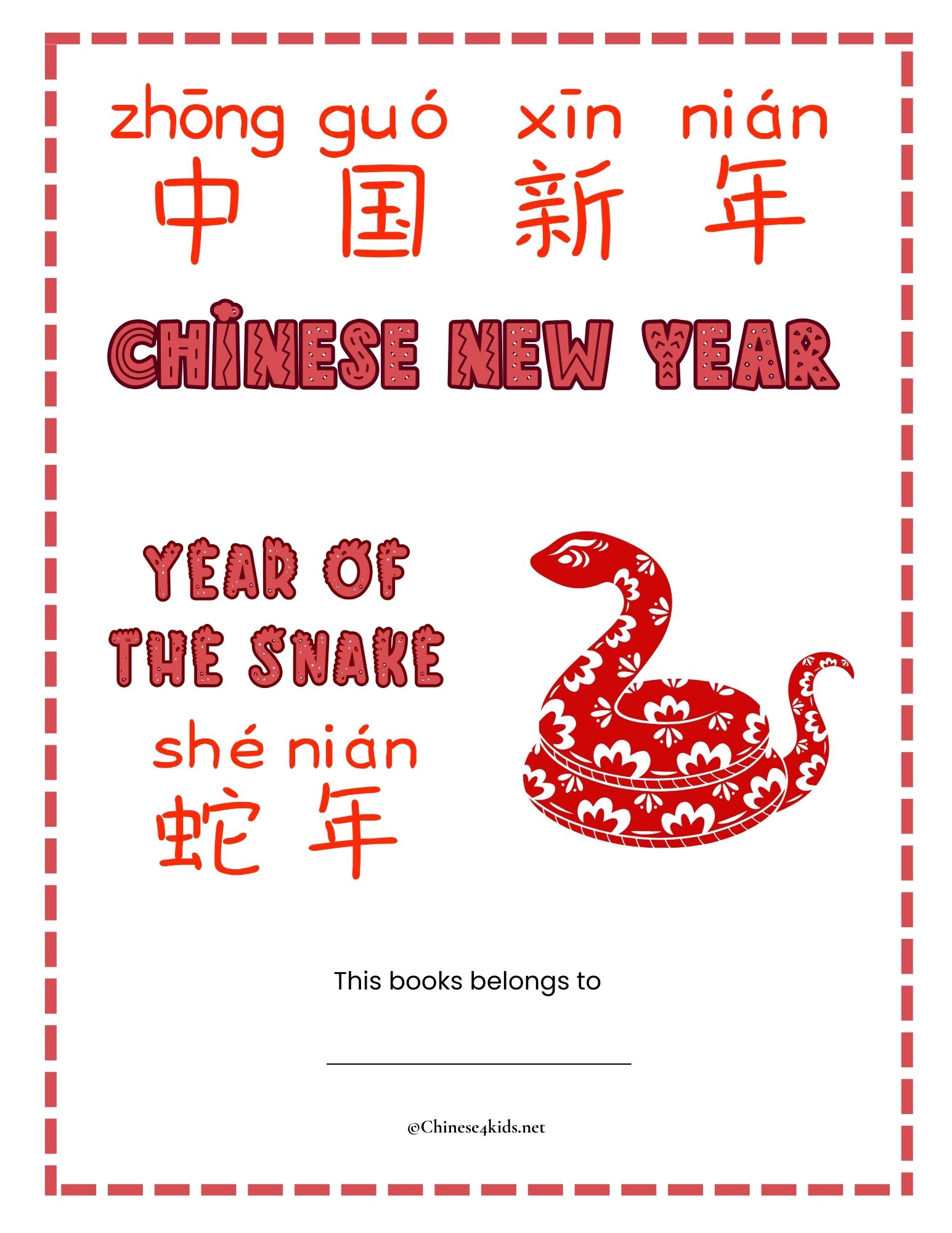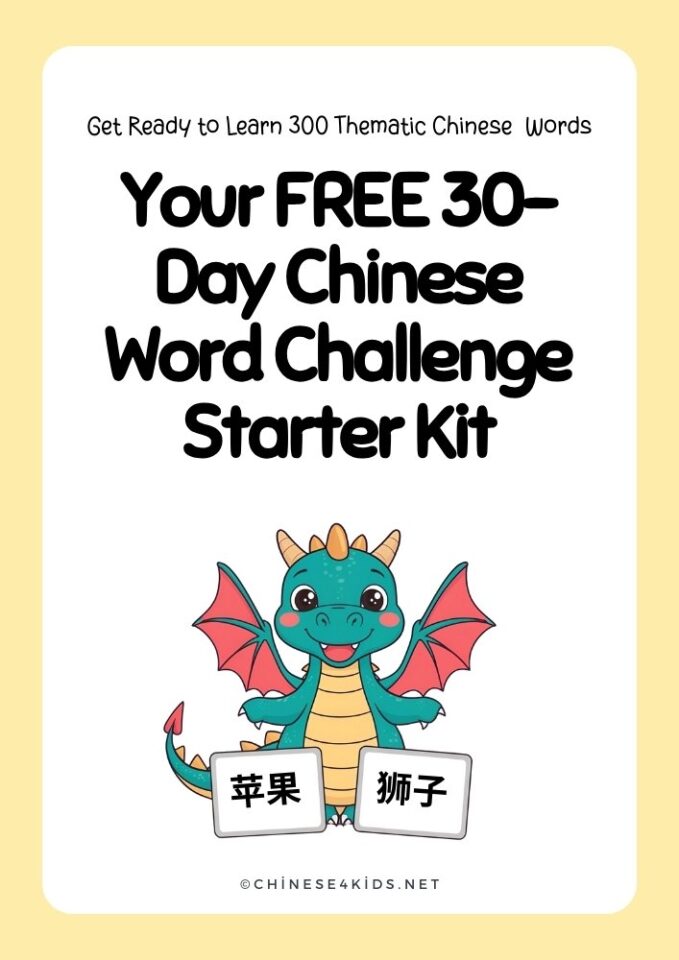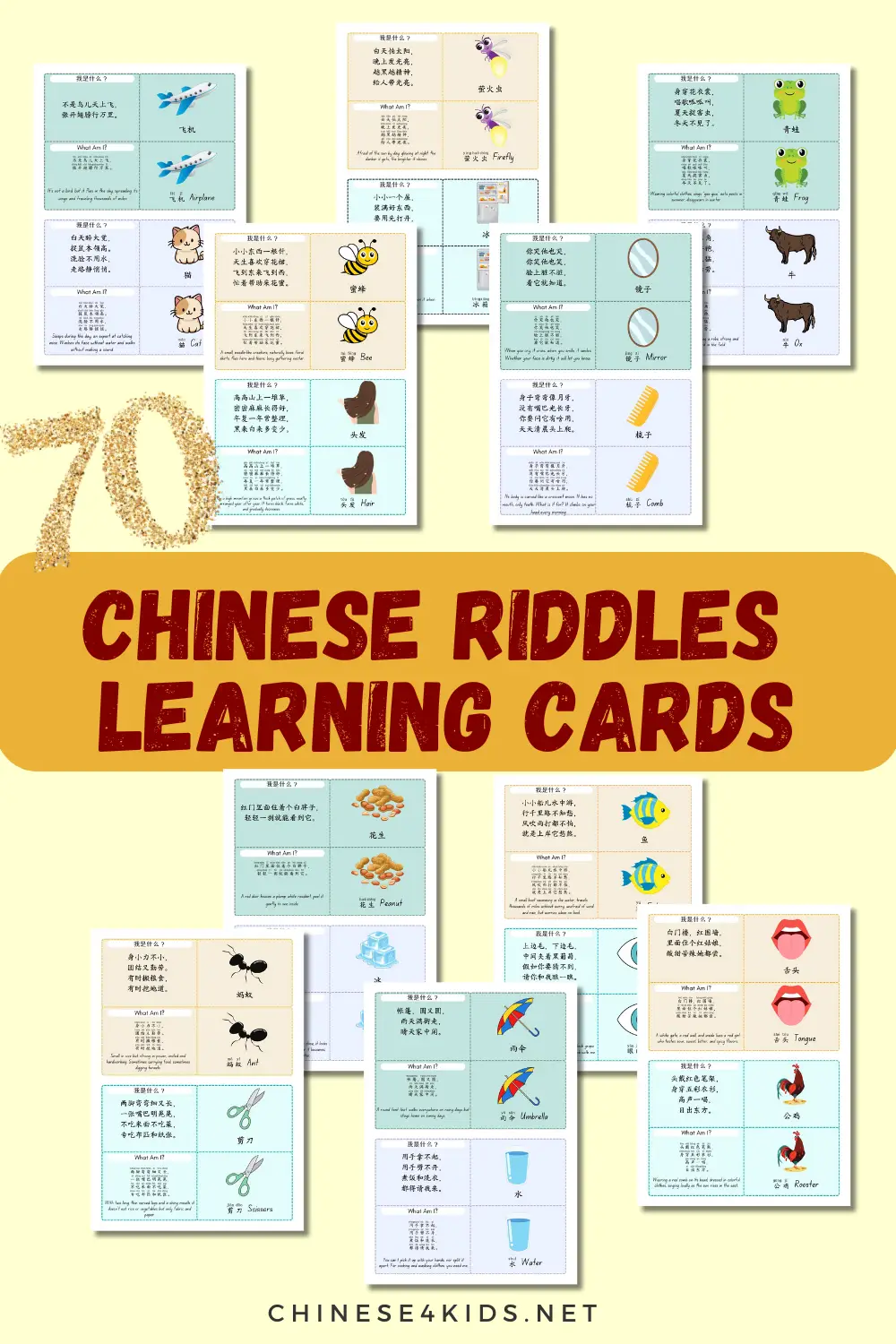
Home » Chinese Reading for Kids » Extensive Chinese Reading: Encouraging Mandarin Fluency Through Enjoyable Reading
Extensive Chinese Reading: Encouraging Mandarin Fluency Through Enjoyable Reading

Extensive reading focuses on “reading for pleasure and understanding”. Unlike intensive reading, where the goal is to analyze and dissect each part of the text, Chinese extensive reading encourages kids to read Chinese books widely and fluently. This method allows them to build vocabulary and comprehension skills naturally, all while enjoying stories that captivate them.
In Mandarin learning, extensive reading is especially valuable because it helps kids get comfortable with the rhythm and flow of the language, making it less intimidating and more enjoyable. Extensive reading also promotes a consistent reading habit, essential for long-term language growth.
Benefits of Extensive Reading for Mandarin Learners
For beginner Mandarin learners, extensive reading offers several unique advantages:
Boosts Vocabulary Recognition:
Kids see the same characters and phrases repeatedly in different contexts, helping them remember and recognize them faster.
Improves Reading Fluency:
As children read more, they become quicker at recognizing characters and phrases, building confidence and reducing reading anxiety.
Enhances Comprehension Skills:
By reading entire stories without stopping to analyze each character, kids learn to understand overall meanings, which helps them approach reading as a natural, enjoyable activity.
Encourages a Love of Reading:
Extensive reading materials are usually more engaging and less demanding than intensive texts, allowing children to choose stories they’re interested in. This freedom fosters a positive attitude toward Mandarin reading.
How to Practice Chinese Extensive Reading
Extensive reading should feel relaxed and enjoyable for kids, and it’s most effective when children have a choice in what they read. Here are some ways to make extensive reading engaging for Mandarin learners:
1. Leveled Reading Materials for Gradual Progress
Leveled book series, such as My First Chinese Reading Made Easy series, is perfect for Mandarin beginners. These books are structured with simple vocabulary and gradually increase in difficulty, allowing children to build confidence step-by-step.
Children can start with stories that use basic characters and simple sentence structures, then progress to more complex stories as their skills improve. For example, a beginner book might tell a story about animals at a zoo, using basic characters like “猫” (cat), “狗” (dog), and “鸟” (bird).
2. Utilise Free Reading Time in Class or After School
Set aside dedicated free reading time, either at school or at home. This could be a quiet period where kids can select any Mandarin book they want, encouraging them to read for enjoyment without worrying about analysis.
During free reading time, kids might pick up a storybook with simple phrases or a comic book with familiar vocabulary. The key is to let them read at their own pace, focusing on the overall story rather than each character’s individual meaning. For instance, a child might choose a story about a family celebrating the Mid-Autumn Festival, which exposes them to cultural vocabulary like “月亮” (moon) and “月饼” (moon cake).
3. Themed Story Sets for Contextual Vocabulary Learning
Provide a set of Mandarin books based on specific themes, like animals, daily activities, or family life. Each book in the theme set can have related vocabulary, so kids encounter similar words in different contexts.
If a child reads several books about animals, they’ll see words like “大象” (elephant), “兔子” (rabbit), and “猴子” (monkey) repeatedly, reinforcing vocabulary naturally. Reading a variety of stories within a theme helps kids understand how the same characters are used across different sentences and situations.
4. Picture Books and Simple Stories with Illustrations
Books that combine basic Mandarin text with illustrations make extensive reading more accessible. Stories like “小马过河” (“The Little Horse Crosses the River”) use illustrations to help kids grasp the story even if they don’t recognize every character.
A picture book about a little horse might show the character “马” (horse) several times. By seeing the picture and the character together, children understand the meaning from context and enjoy the story without needing constant help.
5. Bilingual Books for Contextual Understanding
Bilingual books present Mandarin text alongside translations, helping kids gain confidence in their understanding of the story. For instance, a bilingual book about a child’s day at school might have sentences like “今天是我的生日” (“Today is my birthday”) in Mandarin with English below it.
Kids can read the Mandarin first, then refer to the English if they need extra help understanding the sentence. This approach builds self-reliance, as they can test their understanding before checking the translation.
Tools to Support Chinese Extensive Reading
Extensive reading works best when children have tools and resources to track their progress and stay motivated. Here are a few ideas:
1. Reading Log for Progress Tracking
A reading log allows children to write down each book they read, making it easy to look back and see their progress.
Kids can record the book title, date, and a short note about what they liked or learned from the story. For instance, after reading “小红帽” (Little Red Riding Hood), a child might write, “Learned the word for wolf: “狼”.” This log helps parents and teachers track reading habits, and kids can set personal goals, like “Read 10 books this month.”
2. Leveled Book Sets Like My First Chinese Reading Made Easy Series
My First Chinese Reading Made Easy Book Series offers leveled Mandarin books that introduce children to new words at a comfortable pace.
Kids can start with Level a books, which use basic words. As they complete each level, they’ll feel accomplished and ready to move to the next. For instance, Level aa might cover colors and animals, while Level A introduces family members and activities, using Chinese vocabulary and simple sentences.
3. Digital Reading Apps with Extensive Libraries
Apps like “Du Chinese” feature Mandarin stories for kids, categorized by difficulty level. These apps are user-friendly, and many include audio, allowing kids to hear the text as they read.
With digital libraries, children can explore a wide range of stories and topics. For example, they might listen to and read along with a story about a trip to the park, picking up words like “公园” (park) and “玩” (play). Hearing the pronunciation reinforces their comprehension and pronunciation skills.
4. Visual Storytelling Tools and Comics
Comics and visual stories are ideal for extensive reading because they combine simple sentences with engaging visuals. Stories like “熊猫博士成长系列” (Dr Panda) tell fun tales with basic language and help kids understand the plot without needing to understand every character.
Kids can follow along with the story through pictures, making it easier to infer the meaning of unfamiliar words. If the text says, “熊猫打败了坏人” (“The panda defeated the villain”), kids will understand the action through the illustration, even if they don’t know “打败” (defeat) yet.
How Extensive Reading Helps Kids Build Confidence
Extensive reading provides the repetition and context that beginner Mandarin learners need to gain confidence in their skills. When kids read extensively, they’re not just memorizing characters or phrases; they’re developing an intuitive sense of how Mandarin works. This practice makes reading less intimidating and more enjoyable.
Chinese extensive reading also helps kids form a reading habits that can last a lifetime. By offering them enjoyable books at their level, encouraging free reading time, and tracking their progress with a reading log, parents and teachers can nurture a love of Mandarin reading that feels exciting and accessible.
With the right balance of extensive and intensive reading, young Mandarin learners will be equipped to tackle the language with enthusiasm and curiosity.
* this post contains affiliate links. If you purchase through the links, I will receive a small amount of commision.
If you like this post, share it
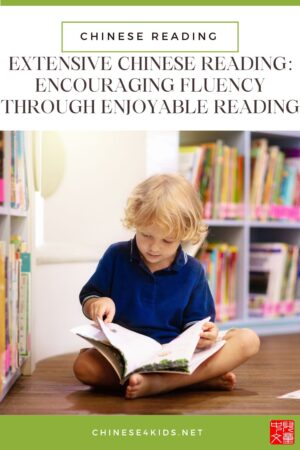
Teaching Kids the Basic Chinese vocabulary, Check out Chinese Vocabulary Made Easy course.
Finding books that are good for kids and Chinese beginning learners, check out Chinese Reading Made Easy Book Series.
You May Also Be Interested:
- Chinese4kids Membership – a portal for busy Chinese teachers and parents
- Chinese learning flashcards Hive – a flashcards library that with regular additions of new quality Chinese learning flashcards
- Chinese learning worksheets collection – Also a part of Chinese4kids membership, this collection is for teachers and parents who want to have access to engaging worksheets and activity sheets created for kids learning Mandarin Chinese as an additional language
- Speak Chinese with Kids Course
- Chinese Vocabulary Made Easy Course
Recent Posts
Join Our Membership
Enroll to A Course
Buy An eBOOK
Our Posts
